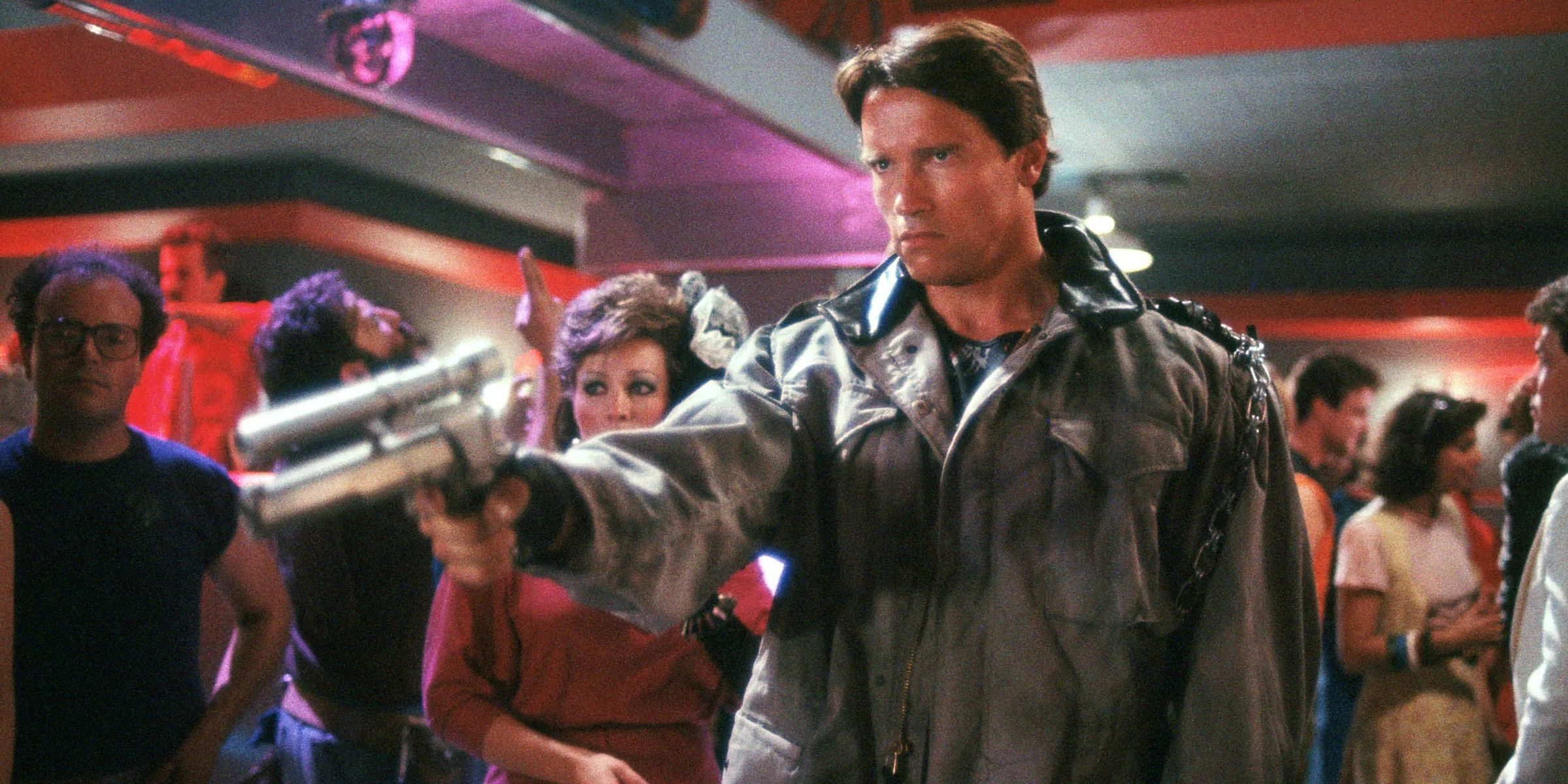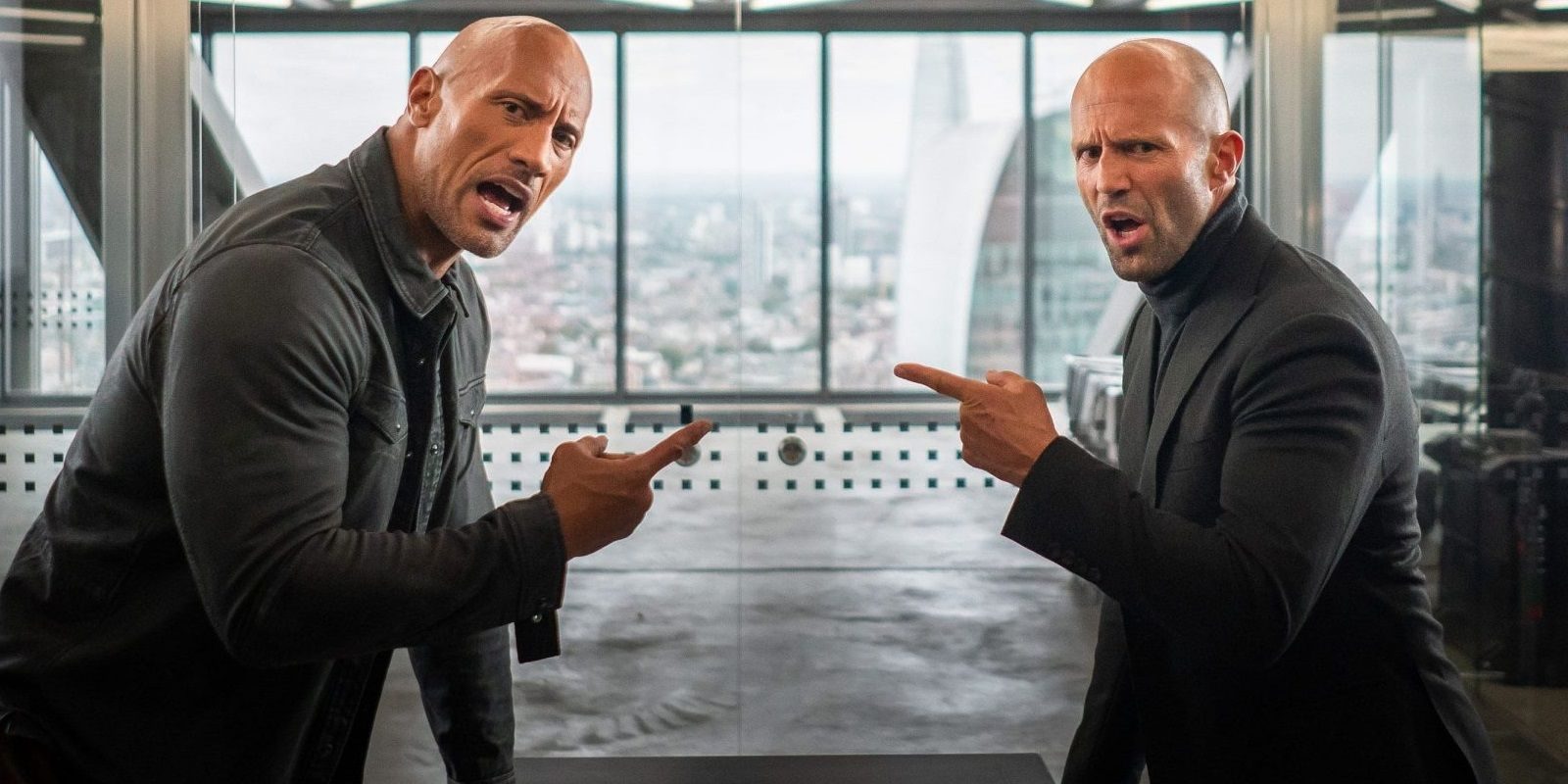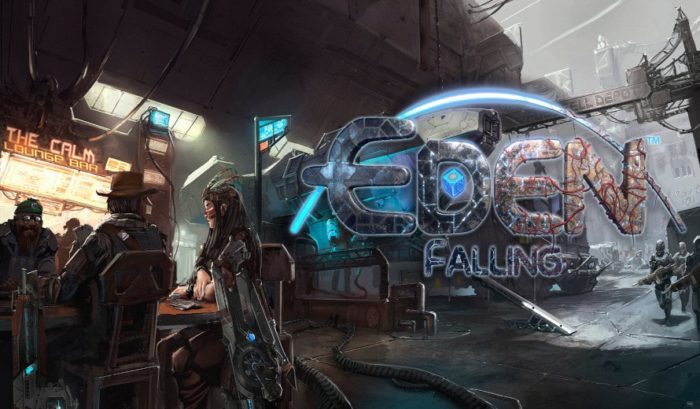Released thirty years ago, Terminator 2: Judgement Day redefined the modern blockbuster and still sits resolutely in the all-time greatest of action cinema. Among the many triumphs achieved by the film, T2 popularized a trope that is still getting a ton of play in modern franchise cinema.
As everyone almost certainly knows, T2 sees Arnold Schwarzenegger's T-800 travel back in time to protect John Connor from an even greater threat. Recasting the first film's villain as the sequel's hero is a fantastic move in a long-running franchise, which is why it's still popular today.
RELATED: Titanic Terminator Theory: Is Rose Sarah Connor's Grandmother?
One of the biggest benefits of massive franchise media like the Marvel Cinematic Universe or the Fast and Furious franchise or indeed Terminator is the ability to respond to fan feedback in real-time. Sometimes a film's villain seizes the hearts of an audience, perhaps even becoming more beloved than the protagonist. Savvy filmmakers will see this trend, and in a long-running franchise, can keep fan-favorite characters in the back pocket to use later. With this in mind, villains presumed dead are never really gone, so long as the love for them is there. T2 may not have invented this technique, but it certainly popularized it.

There are dozens of examples of this trend in modern franchise cinema. One fun recent example would be Loki, which takes the villain of multiple previous films and casts him as a complicated hero. Loki moves through a few different characterizations in the MCU, from megalomaniacal supervillain to neutral trickster all the way to unlikely hero. He is a substantial character in the Marvel comics universe, but the idea of him turning good is significantly more rare. It is clear that the choice to turn him towards the side of good was made with an eye towards the army of fans that love him.
The MCU has a few other villains that get the redemption treatment. Nebula in Guardians of the Galaxy Vol. 2, for example. Nebula undergoes massive trauma at the hands of Thanos, but after a vicious conflict with her sister Gamora, becomes a semi-official member of the team before going off to kill her adoptive father. Nebula is a hero by the time of Endgame, wherein she ironically must lead the alternate past version of Gamora through her own turn to the good side. In addition, the currently premiering What If? series finds multiple villains recast in the hero role.
Another great showcase for the villain redemption arc would be Deckard Shaw, Jason Statham's character in the long-running Fast and Furious franchise. Introduced in Fast & Furious 6, Shaw was a vengeful mercenary under the employ of the film's main antagonist. Shaw does battle with the franchise's main cast over the course of the film, particularly building a rivalry with Dwayne Johnson's Luke Hobbs. Shaw even murdered fan-favorite character Han, who was revealed 3 films later to have been alive, but Shaw is redeemed before Han comes back. Shaw becomes a reluctant member of the franchise's family, before starring as a hero in Hobbs and Shaw.

This trope has resonance throughout franchise media, villains have a way of becoming fan favorites and franchises hate to leave out a favorite. From Magneto turning against Apocalypse in X-Men: Apocalypse to Agent Kallus joining the rebellion in Star Wars: Rebels. The reason this trope works is the inherent joy in watching a bad character see the light, but there are many ways it can go wrong. Some can find a villain's reason for turning to be unreasonable or think the heroes are naive for trusting them, or at worst, find their previous actions to be so unforgivable that redemption is not an option.
The reason that T2: Judgement Day is the perfect inspiration point for this trope is the pure simplicity of its execution. Technically, the T-800 seen in T2 is a different machine from the one that hunts down Sarah Connor in the first film, but redeeming that classic villain is a very straightforward call in adapting horror to action. The T-800s essentially have the same blank slate personality, making the switch to the good team an issue of programming. When other franchises shift their villains' alignment, their motivations are called into question, but the iconic robot being co-opted by the good guys so the fans can root for him and feel great about it is simple and effective.
As franchise cinema consumes more and more of the market, fans will get even more opportunities to see their favorite bad guys turn good. Marvel is often criticized for its lackluster or uninspired villains, but the ones that really catch on often stick around long enough to change teams. There is no sign of this trope slowing down, in fact, it remains exciting even 30 years after its inception point with T2. The trick comes in making characters complex enough, or reprogrammable enough, to believably turn over a new leaf.
T2's brilliant storytelling decision inspired decades of creatives throughout blockbuster cinema to this day. It really goes to show that the media of yesterday will influence the creatives of the future.
MORE: Is Terminator A Better Role For Margot Robbie Than Pirates Of The Caribbean?




